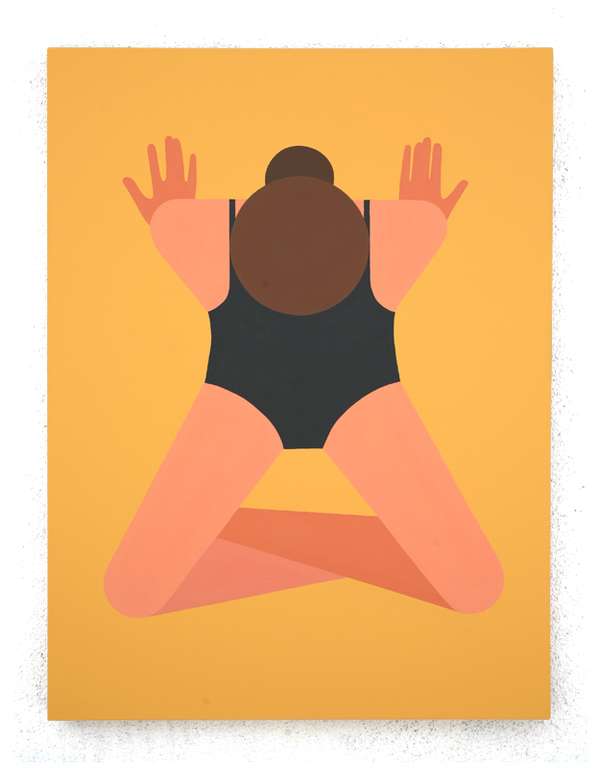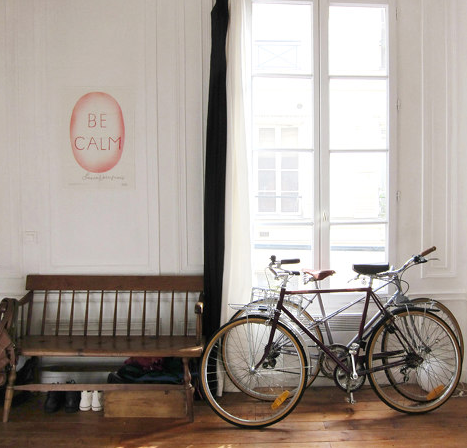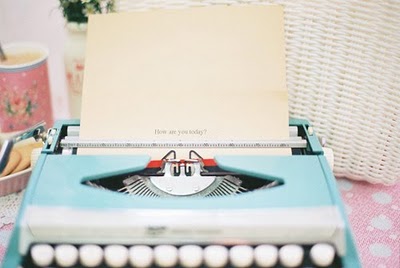In my quest to make sugar-free life, well, sweeter, I’ve been scouting different fructose-free sweeteners for you. It’s a minefield. There are a lot of sugar-free chocolates and treats out there…but the sweeteners read like something from a box of Ratsak. I’ve shared on the safe and not-so-safe alternative sweeteners before. One or two alternatives do exist. One of them being stevia, which is extracted from the leaves of a South American plant.
It’s a stack sweeter than sugar and is fructose-free. Native Americans used it medicinally as a digestive aid. I first read about it via Donna Gates’ Body Ecology and have been trying it out in a few recipes. It’s great with berries and yoghurt…it has a slight licorice tang to it. Anyway… For this sponsored review, Natvia asked to share three of their stevia recipes. To give you a taste of the stuff. Cut’n’keep!
Natvia is a natural sweetener made from Reb A stevia, and erythritol. Reb A is the purest and sweetest parts of the stevia plant, and erythritol is a naturally occuring nectar in some fruits, such as melons and grapes.
Things you should know about Natvia:
- it’s 100% natural
- it has 95% fewer calories than sugar
- it’s fructose free
- it contains no aspartame, or saccharin
- it’s great for baking and cooking
almond Tea Cake Loaf
This recipe makes one tasty, coconuty loaf. It’s made denser with the almond meal.









